Preview: Dragon’s Dogma 2 could be the biggest RPG of 2024

Right now, I’m at the part of Dragon’s Dogma 2 where anything can happen. I walk past a pile of strangely stacked desert rocks that suddenly form themselves into a massive golem and launch a boulder-shaped fist at my head.
A big shimmering blob falls on me in a cave and coats me in an oily substance that stains my armor black for the next few minutes.
At one point, I accidentally sent my party plummeting 50 feet to the riverbed below by testing my sword on the rope anchors of a wooden bridge (yes, they can be cut).
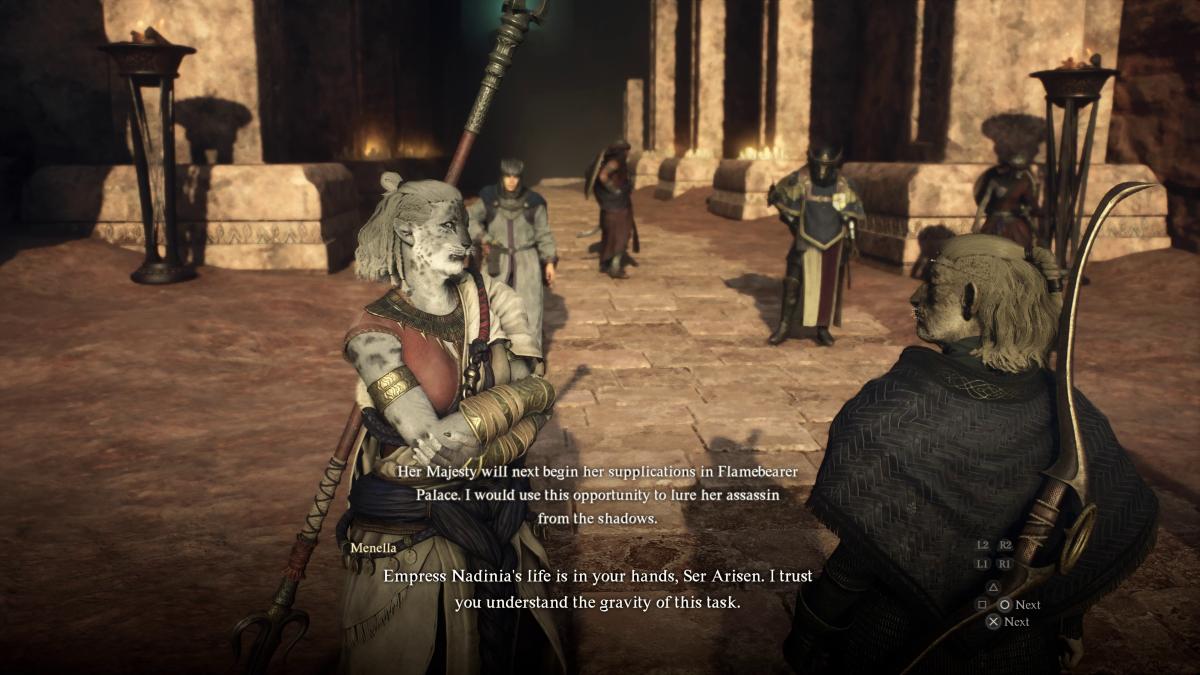
The opening hours of Capcom’s sprawling fantasy RPG take you by surprise at every turn. Like 2012’s first game, Dragon’s Dogma 2 is set in what seems like a fairly by-the-numbers Western fantasy world, but soon its irreverent ideas reveal themselves.
For example: the pawn system. In Dragon’s Dogma 2, you can select up to three AI-controlled partners to roam with, and who you pick can be critical. You’ll find new pawns in towns, stumble across them in the wilderness, and browse them in the Rift, which is basically like a big meat market for prospective party members.
I find a pawn called Sphinxfather, a black-furred Beastren mage with high flagration. I don’t know what flagration is but it’s high, which is probably good. Moe, meanwhile, cuts a more intimidating figure in his executioner hood and dragon scale armor. With cool-sounding moves like ravening lunge and roar, the choice is clear: I go with Moe.
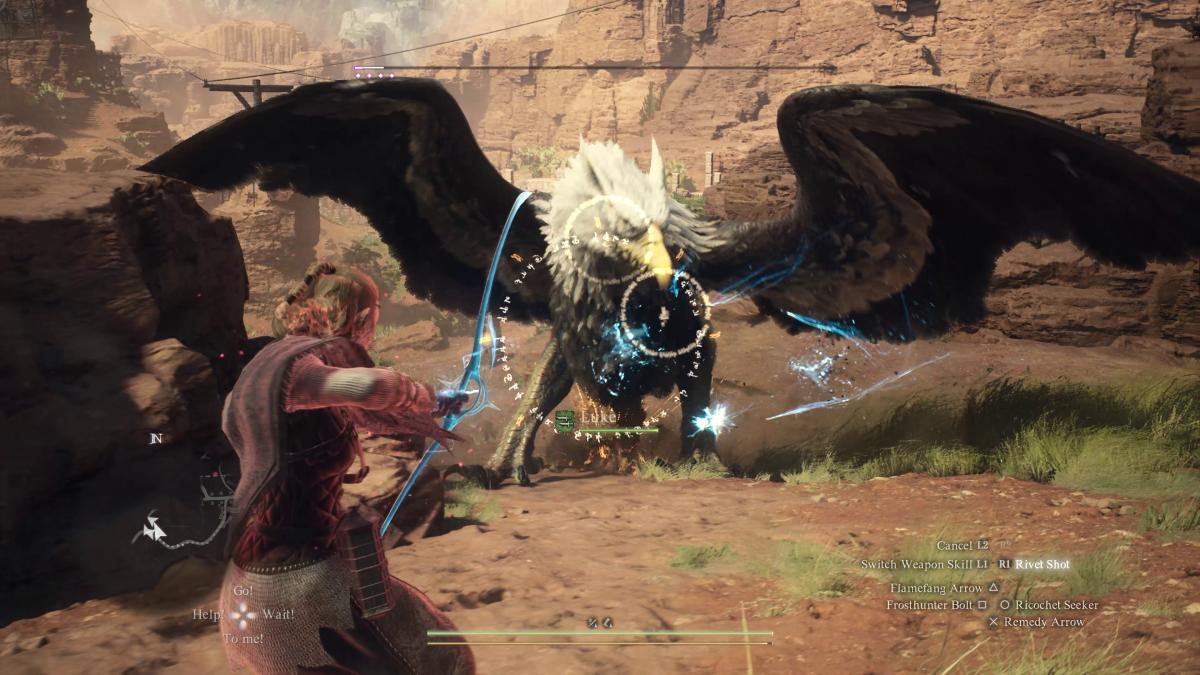
In the Rift, you can search for specific pawns, browse by class, weapon skill, and cost, and even check the pawn rankings, which Capcom updates frequently. It’s a way to refresh your experience and give you new companions to travel and fight with.
While their characters have little depth – I can’t get to know Moe through dialogue options like in, say, Mass Effect – their skills come in handy. For instance, you can recruit a pawn from other players online, and if they’ve already completed a quest in that player’s game, they’ll point out the locations of useful items along the way.
Recruit a mage, and they’ll give you a little stamina boost when you’ve run yourself ragged. Run out of carry weight? Lighten the load by giving items to your pawns and using them as pack mules. NPCs have tons of depth mechanically, if not emotionally.
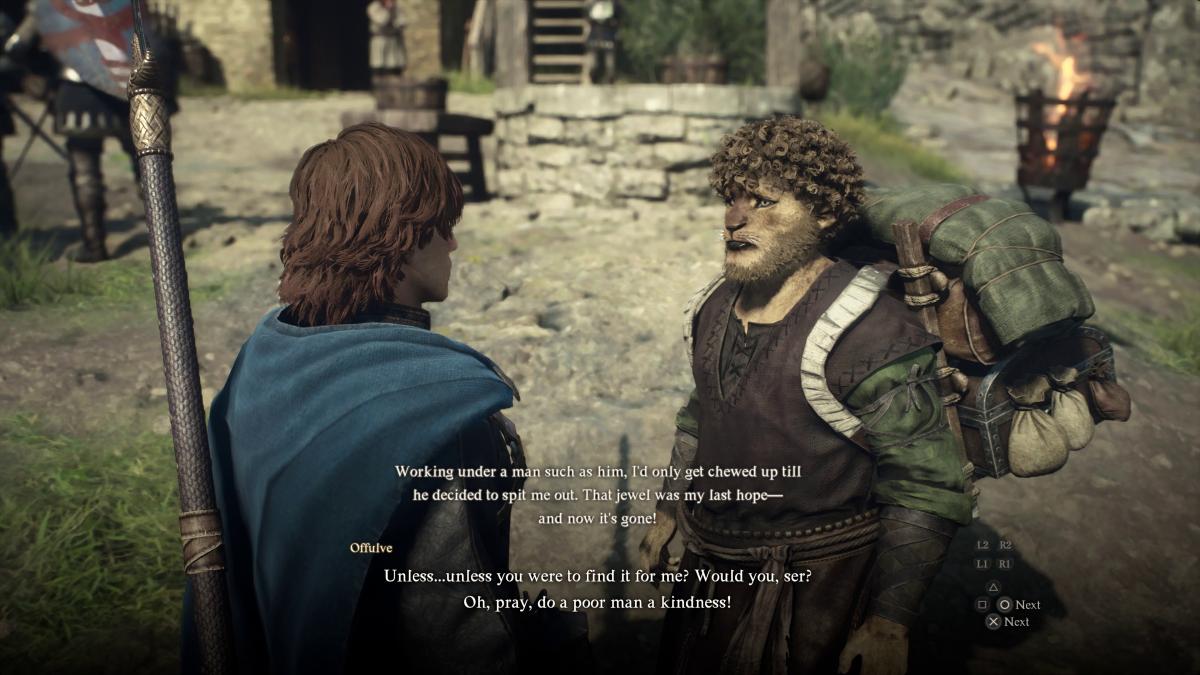
A perfect example of this happens when I accidentally attack and murder the residents of a village. Using magic, I can revive any NPC I kill, but in doing so, those NPC don’t seem too traumatized by the experience. On several occasions, they just get up and go right back to their routines, without so much as a new perspective on the fragility of life. Capcom says AI improvements have led to a more immersive experience, which might be true, but I don’t see much evidence of that during my playthrough.
That said, there’s plenty of life in settlements to keep you busy. I push through a piece of fabric into a sun-baked mud hut and encounter a doctor who asks me to get stung by a poisonous asp so he can study the venom. There’s also a stable master who offers money in exchange for taking out crafty bandits beyond the city gates, and up the road in a pub, a discarded diary mentions the sighting of a nearby dragon terrorizing passing wagons.
There’s so much to do, but there’s one reason it doesn’t feel like a chore: the combat is absurd. And I mean that in the best possible way. When the game says you’re going to fight a dragon, then be prepared to FIGHT a dragon. You’ll cling onto its scales, slash at its neck, and ride it like a bucking bronco as it launches into the sky. When it inhales, you’ll dive for cover behind a rock to save being brutally charred by a torrent of fire.
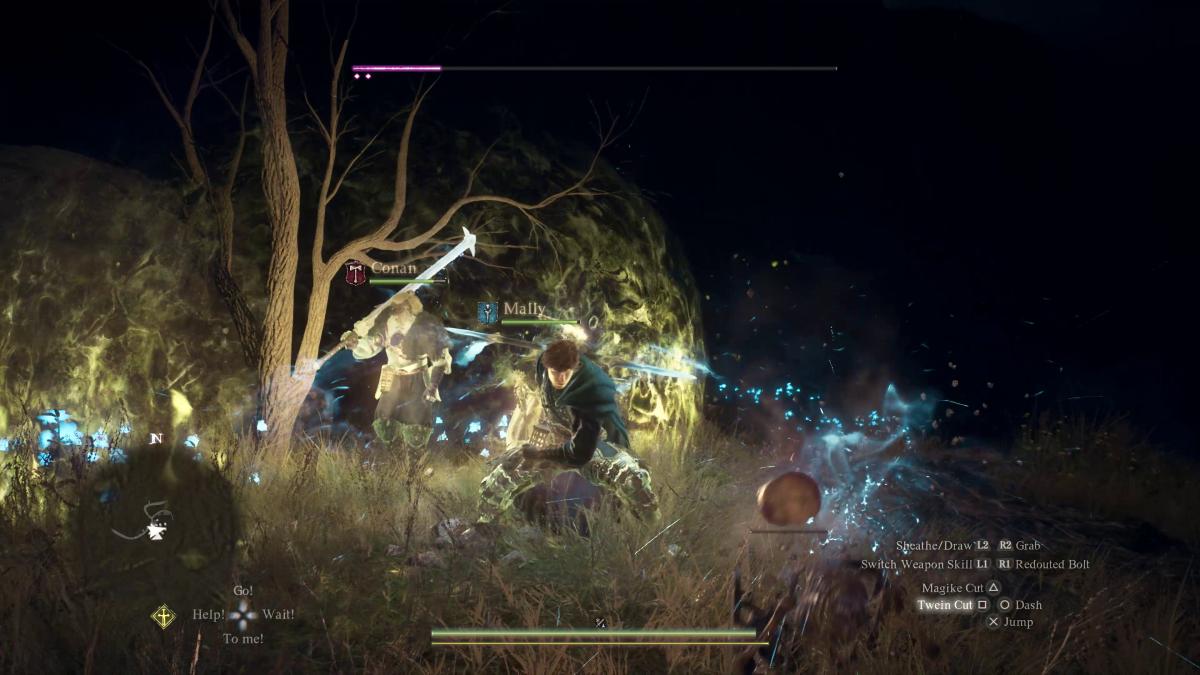
You can also pick up and fling your pawns. I do this with my heaviest companion and take out a trio of angry warriors, scattering them like bowling pins. When you start to get good at combat, you’ll be the one monsters flee from. Playing as a magick archer, I give as good as I get, unleashing elemental arrows at a giant griffin until it squawks in terror and flees with its lion tail between its feathery legs.
For the stragglers, I freeze them with frost arrows then use the ‘pinpoint volley’ to paint multiple targets before letting off a barrage of powerful projectiles. Plus there’s a remote-controlled arrow you can pilot right between an enemy’s eyes. Archers excel in caves: charge up a ‘ricochet arrow’ and let it go in tight confines to see a bright blue tracer pinball off walls and ceilings taking out everything in sight.
And if you ‘accidentally’ do that in a pub, at least you can revive everyone.
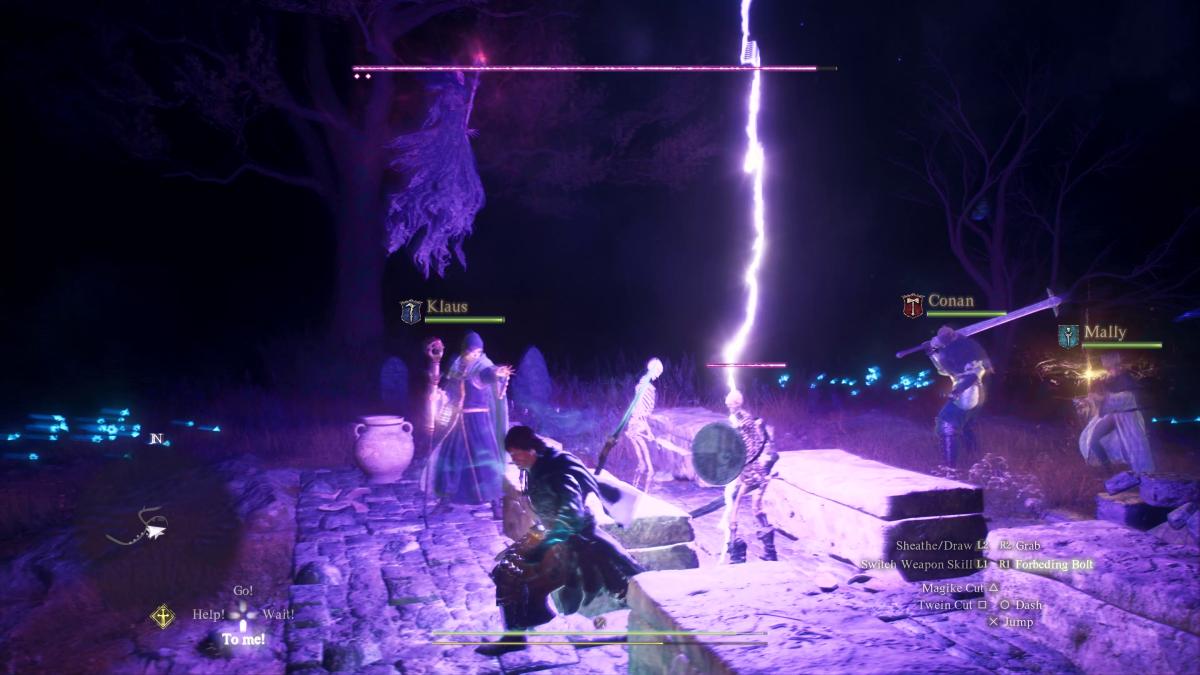
Three hours is not enough time to give a definitive account of an RPG. With a game of Dragon’s Dogma 2’s scale, it’s barely enough time to finish the tutorial. What I played, however, was fun, fresh, and entertaining.
While there wasn’t a big, new, game-changing system to set it apart from the first game over a decade ago, it speaks to Capcom’s innovation that it doesn’t seem to matter. With returning pawns, action-packed combat, tons of quests, and a world that surprises constantly, Dragon’s Dogma 2 is easily one of the year’s most exciting RPGs.
